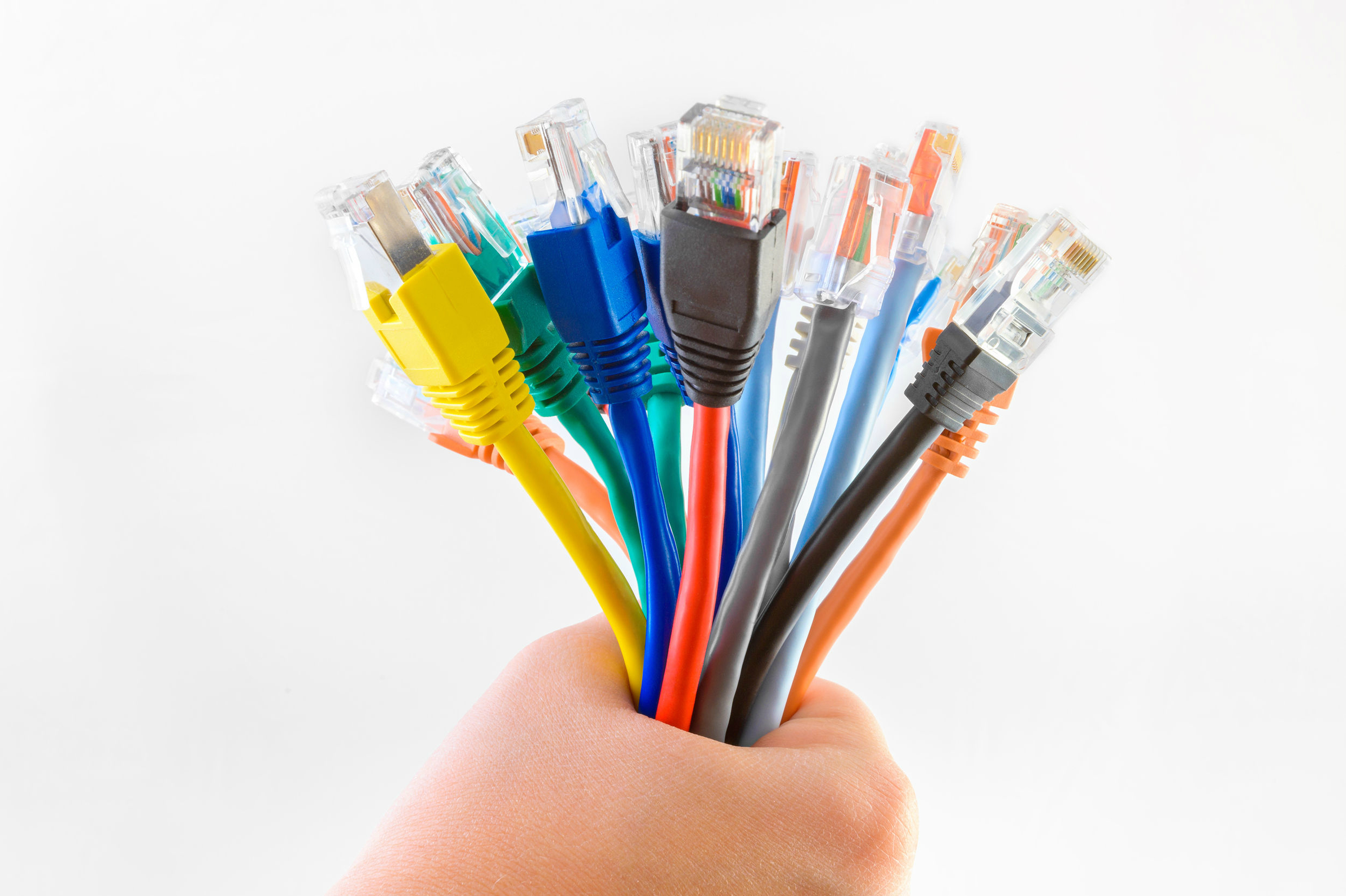The internet is actually a bunch of cables

The Internet is Actually a Bunch of Cables

Have you ever wondered how the internet really works? We often take this vast network of information for granted, but the truth is, the internet is actually a bunch of cables. Yes, you read that right. Behind the scenes, the internet relies on an extensive network of cables that connect us to the digital world.
Contrary to what many may think, the internet is not a mystical cloud floating above us, but rather a physical infrastructure that spans the globe. These cables can be found under the ocean, buried underground, or even suspended on poles. They carry data in the form of light pulses, enabling us to access websites, send emails, stream videos, and so much more.

So, how does it all work? Let’s break it down. When you click on a link or enter a web address, the request is sent to your internet service provider (ISP). From there, the data travels through a series of cables, routers, and switches, until it reaches its destination – the server hosting the website or service you requested.
These cables, often referred to as submarine cables, are the backbone of the internet. They stretch across continents and even cross oceans, connecting countries and enabling global communication. Surprisingly, over 99% of international data is transmitted through these cables, making them an essential part of our interconnected world.
Not only do these cables carry massive amounts of data, but they also play a critical role in ensuring the internet remains fast and reliable. As technology advances, newer cables with faster speeds and greater capacity are laid to meet the ever-increasing demands of our digital lives.
While the internet itself may seem intangible, the infrastructure that powers it is anything but. However, these cables are not invincible. They are susceptible to damage caused by natural disasters, fishing activities, and even deliberate sabotage. When a cable is damaged, it can disrupt internet connectivity in certain regions until it gets repaired.
In recent years, efforts have been made to map and protect these cables, recognizing their importance to our modern world. Governments and organizations collaborate to keep the internet running smoothly and to prevent any major disruptions to our interconnected society.
In conclusion, the internet is far from being an abstract concept. It is a tangible network made up of an intricate web of cables spanning the globe. These cables are responsible for transmitting data and connecting us to the vast wealth of information and services available online. So, the next time you surf the web, remember that it’s all made possible by a bunch of cables.
Share
Related Posts
Quick Links
Legal Stuff

